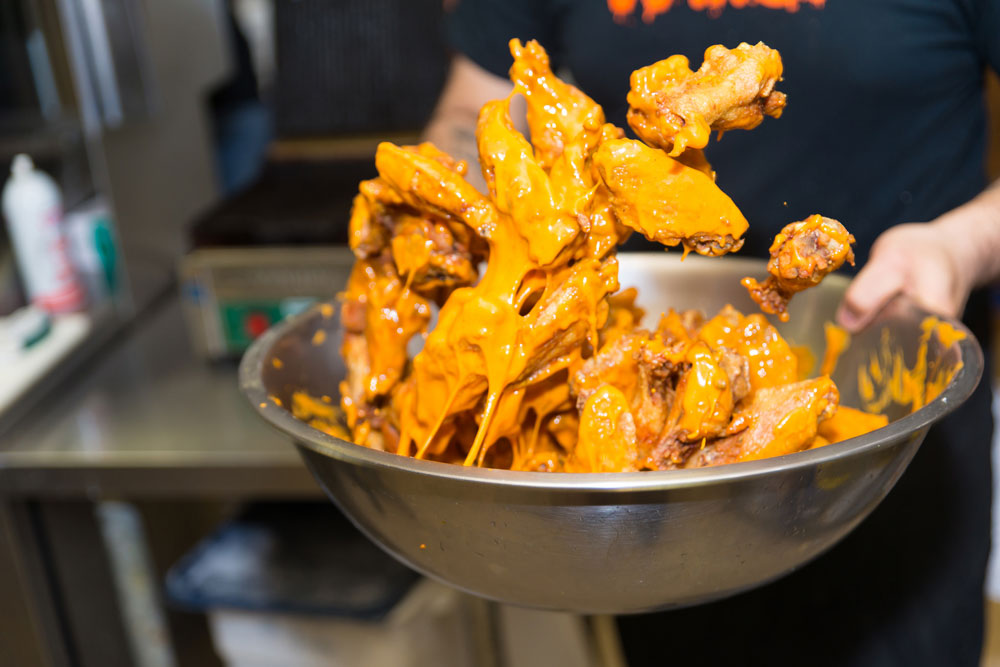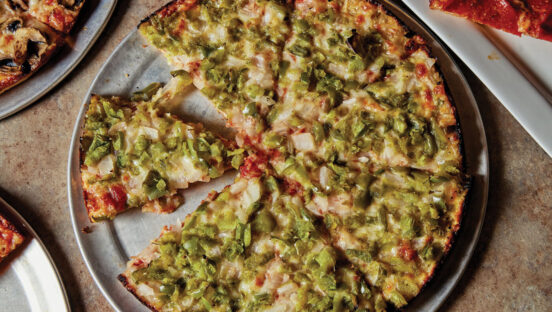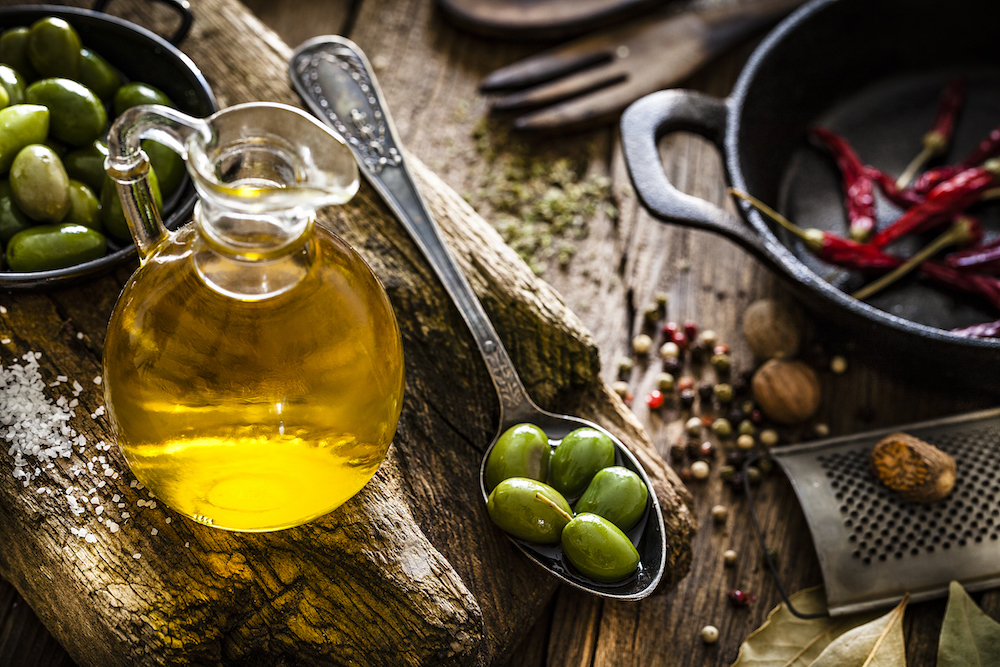Hard to believe, but pizza and wings weren’t always a no-brainer combination on pizzeria menus. Back in the late ’80s, Joe Todaro, a third-generation pizza man in Buffalo, New York, noticed that wings were a mainstay on menus in his own town, but pizzerias in other areas of the country were still woefully wingless. “We became known for our wings,” said Todaro, owner of La Nova Wings and two La Nova Pizzerias in Buffalo and Williamsville, New York. “But why were they not in every pizzeria in the country?”
Todaro brought the idea to his father, and after some convincing—over five years—La Nova started selling its wings and sauces to pizzerias in 1993. They were an instant hit, and within a year, Todaro recalls that Domino’s and Pizza Hut had jumped on the wing bandwagon. Today, pizza and wings create a dynamic duo that seems as natural as flour and water in pizzerias everywhere.

A Shortage Strikes
Fast-forward to 2022, and things got a bit trickier for operators who wanted to wing it. The continued booming demand for wings led foodservice operators and consumers alike to experience a shortage amid the pandemic, leading to skyrocketing prices. “Further compounding the issue is that while chicken wings are the most popular part of the bird, they make up only about 10% or less of the total bird weight,” Matt Ensero, president and founder of Raleigh, North Carolina-based Wing It On, noted. “This creates a supply-demand imbalance, whereas the incentive to increase production based on wing demand simply is not there.”
Related: Iconic St. Louis Pizzeria taps local potato chip flavor for LTO wings
On the positive side, Todaro emphasized that wings remained not only a profitable item, but a sales leader on pizzeria menus. To this day, those numbers shoot up even higher during football season. So what are the secrets to maximizing your chicken wings profits?

Press Your Cluck
One lever is Wing It On’s “whole bird purchasing strategy,” using all parts of the chicken (except the leg). “This purchasing strategy keeps costs low,” Ensero said. “Since we’re buying the sections of the bird that may be lower in demand, suppliers are more excited to work with us on a program to sell us the high-demand pieces as well.”
Meanwhile, you can maximize wing sales through tactics from smart marketing to simplified prep. During the pandemic, Ensero said, “We expanded our offerings of chicken sandwiches to include many unique varieties and backed this up with a ‘Wiches Wednesday’ promotion. When we initially introduced substitutes like thigh wings and Nuggz, we did large, systemwide promotional campaigns for these, too.”
Ensero shares some other tactics that worked wonders for wing sales:
- Customization. Let customers choose their number of wings. If someone wants to mix and match sauces, ordering three tenders of one variety and three tenders of another variety would make more sense than being forced to buy a minimum of 10. “We offer all of our wings, tenders, etc. in three to four numeric options to give them choices, and we specify which quantities are allowed to be split with multiple sauce options,” Ensero says.
- Bundling. Offering meal deals bundled with a side helps reduce food waste, and people are able to fill up on sides such as fries.
- Options. Make the most of wings with quality sauces and ingredients. Wing It On! offers 18 different sauces and six different dry rubs, with varying degrees of heat and flavor.
Meanwhile, Todaro advocates stretching your wings through savvy purchasing. “Buying fully cooked, heat-and-eat wings helps you take a lot of labor out of the equation,” he said. “Premade sauces also help make prep easier for operators.”
Related: Stickin’ with chicken on your menu? Here’s how to sell more of it?

On the Sauce
Todaro recommends having a variety of sauces on hand in various spice levels, from hot to mild, to appeal to all palates, and notes that hot, barbecue and teriyaki flavors are top sellers. The combo of sweet and heat keeps trending, too. At Wing It On!, the Honey Heat sauce is maple honey blended with housemade buffalo sauce. “Another trend is ultra-hot wings, which lend themselves well for challenges to see if people can handle the heat,” Ensero added. “We have Wings of Prey sauce, which can only be described as painfully delicious. Finally, Nashville hot is another flavor that’s been trending. We introduced our own take on Nashville hot sauce in March 2021 for our wings, tenders and a new sandwich. Fans have loved it.”
Don’t be afraid to think outside the sauce when it comes to flavoring your wings. Think dry rubs as well. “Not only are all six of our dry rubs gluten-free, but they also pack in a bunch of flavor with little mess,” Ensero said. “Our Buff-a-Rub packs in the deliciousness of buffalo sauce without customers dirtying their hands and clothes.”
Regardless of what flavors you choose, don’t forget to cross-utilize your ingredients across the menu to further boost profits. At Wing It On!, the housemade Chipotle Ranch wing sauce is also used as the base for Smokin’ Ranch Slaw, as an ingredient in Loaded Street Corn, and as a dip for its Nuggz. “Offering different sauces, besides the typical buffalo or barbecue flavors, is another way to diversify your menu and give customers options,” Ensero noted. “Create something that is unique to your store and that they can’t find at the competitors for a true competitive advantage.”
Ultimately, Ensero believes that customers will always go where the wings are—and with pizza and wings being such an iconic combo, pizzerias should keep wings on the menu. “If profitability is an issue, consider raising your prices,” he said. “If the pandemic showed us one thing, it’s that people are still willing to buy chicken wings, even at much higher prices.”
Tracy Morin is PMQ’s senior copy editor. This article has been edited and updated from the original version appearing in the January-February 2022 issue of PMQ Pizza.















